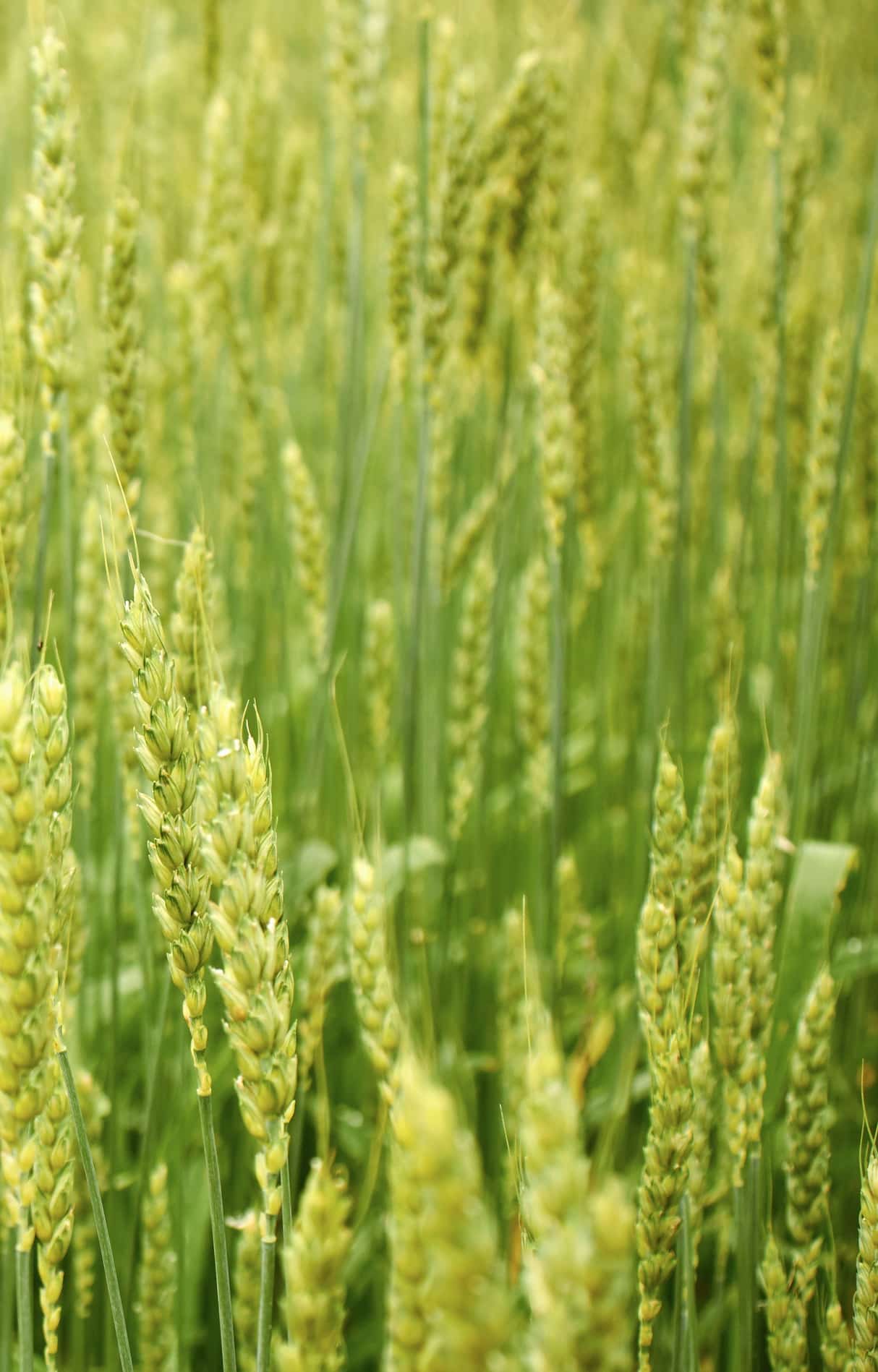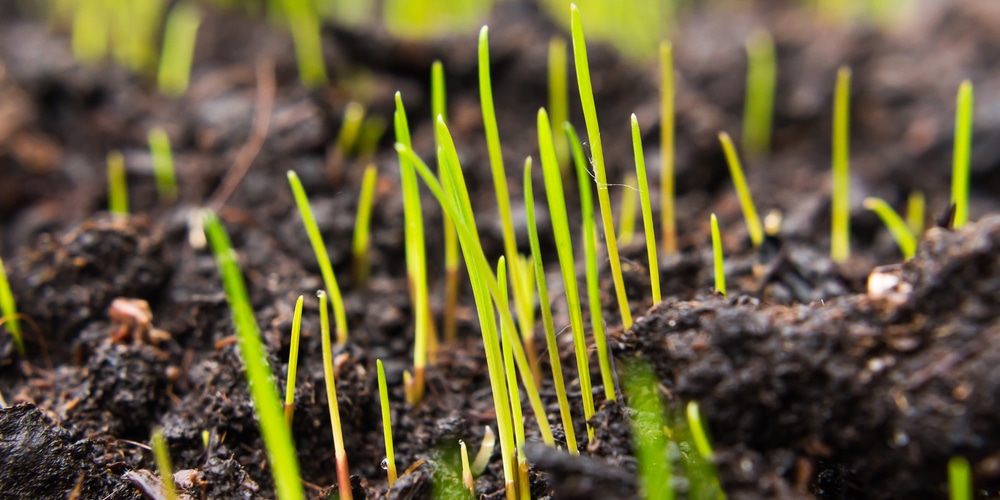
Winter rye is a cool-season grass that has its growing season from early fall throughout the winter until spring. Seed should be planted before temperatures drop below 10 degrees Fahrenheit (-12C).
This usually occurs in September and early October. However, the exact date varies by a week or two, depending on your location.
Winter rye seeds need both warm and cool weather to germinate, so it’s best to plant the seeds in the fall when there’s still a few hours of sunshine a day and the nights are getting colder. Let’s look at when to plant winter rye seeds.
When to Plant Winter Rye Seed?
By Planting Zone Table
Planting winter rye varies by hardiness zone due to differences in climate and temperature. Here’s a table that outlines general planting dates for winter rye across various USDA Hardiness Zones:
| Hardiness Zone | Planting Dates |
|---|---|
| Zone 3 | Late August to early September |
| Zone 4 | Early to mid-September |
| Zone 5 | Mid to late September |
| Zone 6 | Late September to early October |
| Zone 7 | Early to mid-October |
| Zone 8 | Mid to late October |
| Zone 9 | Late October to early November |
| Zone 10 | Early to mid-November |
Key Points:
- Adjust for Local Conditions: These dates are general guidelines. Local weather conditions might necessitate adjustments. For example, an unusually warm fall might push planting dates back.
- Goal: For winter rye, the goal is to plant early enough so the seed has time to germinate and establish before the cold sets in, but not so early that it matures too much before winter.
- Soil Temperature: It’s also important to consider soil temperature; rye can germinate in soil temperatures as low as 33°F (1°C), but ideal germination occurs when soil temperatures are between 50°F and 65°F (10°C to 18°C).
This table should serve as a starting point for planning your winter rye planting, but always consider the specific conditions and recommendations for your local area.
Blend Matters
Sometimes, a fall-planted cover crop may not have time to become well established before the winter weather sets in. To minimize this risk, plant a good quality seed blend. If you buy a mix that has six different varieties of winter rye seed, and one is 20% less productive than the others, you’ll still end up with a green lawn.
If one variety does not perform very well due to less than-optimal growing conditions, another may make up for it by putting on more growth.
Winter Rye Seeds
Tips for Planting Winter Rye Seed
Planting winter rye year after year in the same field can lead to nutrient depletion and reduced germination rates over time. To maintain soil health and ensure robust crop growth, consider these strategies:
Rotate Cover Crops
Alternating winter rye with different cover crops each season can help prevent nutrient depletion. After harvesting winter rye, planting a leguminous cover crop like Austrian winter pea can enrich the soil with nitrogen, a vital nutrient for the next planting cycle. This practice not only replenishes essential nutrients but also disrupts the life cycles of pests and diseases, promoting a healthier field.
Enhance Soil Aeration
Compacted soil hampers root expansion and reduces the soil’s ability to retain water and nutrients. Before planting winter rye, aerate the soil using a garden fork or similar tool to loosen it up. This simple step ensures that your winter rye has the best conditions for root growth and nutrient uptake.
Address Anaerobic Conditions in Clay Soil
Clay soils can create anaerobic conditions, stifling the activity of beneficial bacteria essential for nutrient cycling. If you’re working with clay soil, improve aeration and reduce forage density to enhance oxygen exposure. A garden fork or aerator can break up the soil, facilitating better water infiltration and gas exchange, crucial for healthy plant development.
Utilize Soil Rollers
For compacted soils, a roller can be an invaluable tool. Passing a roller over the field after planting can create a fine, even soil surface, enhancing seed-to-soil contact. This improved contact encourages uniform seed depth and better germination rates, while the flattened soil surface facilitates oxygen exposure, promoting healthier growth.
Benefit from Natural Reseeding
With proper care, winter rye can reseed itself, eliminating the need for annual replanting. By managing your crop to allow some plants to reach maturity and produce seeds, you can encourage natural reseeding. This not only saves time but also contributes to a self-sustaining cycle of growth for your winter rye crop.
Implementing these practices will not only improve the health and productivity of your winter rye but also contribute to the overall sustainability of your farming practices. With a bit of planning and attention to soil health, you can enjoy bountiful harvests for years to come.
Conclusion
When planting winter rye seeds, it is crucial to understand how weather and soil conditions can influence their germination. If you wait too long to plant your seed or the ground is very dry after seeding, it could reduce germination rates and growth rates. However, if you plant a highly productive variety of winter rye in well-aerated soil with enough moisture, your crop will grow well. In general,
it’s recommended that you plant winter rye seeds in the fall. This will be from early to mid-October in most states, while in warmer states in USDA zones 9+, you can plant in November.
Last update on 2025-06-06 / Affiliate links / Images from Amazon Product Advertising API



